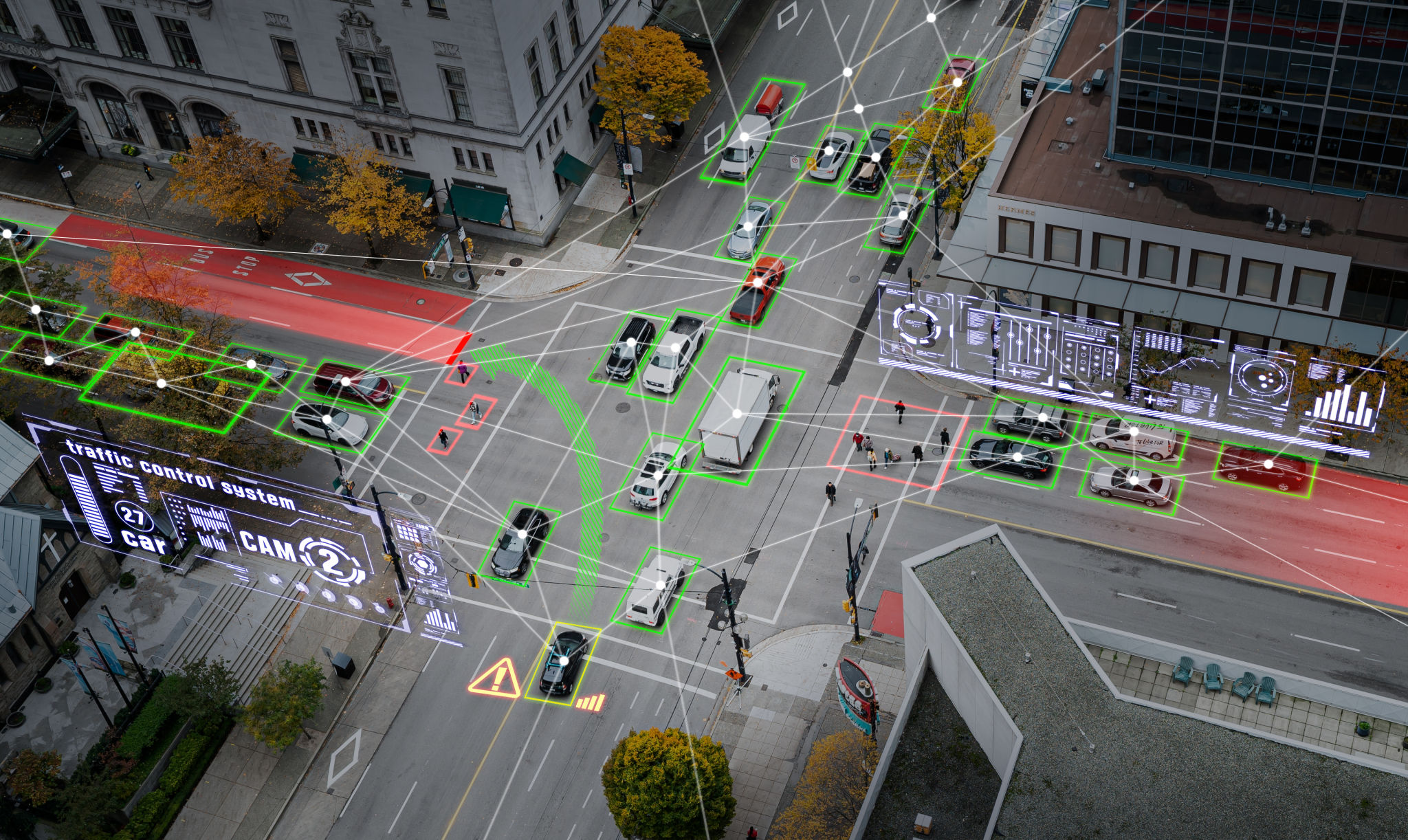Understanding the Latest Trends in Automotive Diagnostics Technology
The Evolution of Automotive Diagnostics
The automotive industry has witnessed remarkable advancements in recent years, particularly in the field of diagnostics technology. As vehicles become increasingly complex, the need for sophisticated diagnostic tools has grown. These technologies are essential for ensuring that vehicles run efficiently and safely, providing mechanics and technicians with the insights needed to diagnose and fix issues swiftly.
Modern diagnostic tools have evolved from basic code readers to comprehensive systems capable of interpreting vast amounts of data. This evolution is driven by the integration of advanced electronics in vehicles, making them more like computers on wheels. Understanding these trends is crucial for anyone involved in automotive repair and maintenance.

Connectivity and the Internet of Things (IoT)
One of the most significant trends in automotive diagnostics is the integration of connectivity and IoT. Vehicles are now equipped with sensors and connected devices that can transmit real-time data to cloud platforms. This connectivity allows for remote diagnostics, enabling technicians to monitor vehicle health from a distance and even predict potential issues before they become critical.
This trend not only enhances the efficiency of diagnostics but also improves the customer experience. Drivers can receive notifications about their vehicle's condition, schedule maintenance appointments, or get alerts about urgent issues requiring immediate attention.
Advanced Diagnostic Software and Artificial Intelligence
Advancements in software and artificial intelligence (AI) have also played a pivotal role in shaping modern automotive diagnostics. AI-powered diagnostic tools can analyze data patterns and identify anomalies more accurately than traditional methods. These tools help technicians pinpoint problems quickly, reducing downtime and improving repair accuracy.

Furthermore, AI is being used to develop predictive maintenance systems. By analyzing historical data and real-time inputs, these systems can forecast when specific components might fail, allowing for proactive maintenance. This shift towards predictive diagnostics is transforming how maintenance and repairs are approached.
Mobile Diagnostic Applications
The rise of mobile applications for automotive diagnostics is another trend gaining momentum. These apps allow vehicle owners and technicians to access diagnostic information directly from their smartphones or tablets. Mobile apps provide convenience and flexibility, enabling users to perform basic diagnostics without needing specialized equipment.
Many mobile diagnostic apps offer features such as reading fault codes, monitoring fuel efficiency, and even resetting certain system alerts. As these applications continue to evolve, they are becoming indispensable tools for both professionals and DIY enthusiasts.

The Role of Data Analytics in Diagnostics
Data analytics is becoming increasingly important in automotive diagnostics. With vehicles generating massive amounts of data, leveraging analytics can provide valuable insights into vehicle performance and potential issues. Advanced analytics tools can process this data to generate detailed reports that help technicians make informed decisions.
Moreover, data collected from various vehicles can be aggregated to identify common trends and issues. This information can guide manufacturers in designing more reliable vehicles and improving existing systems based on real-world performance data.
Conclusion: Embracing the Future of Diagnostics
The latest trends in automotive diagnostics technology are revolutionizing the way we approach vehicle maintenance and repair. As these technologies continue to evolve, they promise to enhance efficiency, accuracy, and customer satisfaction. Staying informed about these trends is essential for anyone involved in the automotive industry, ensuring they are equipped to handle the challenges of modern vehicle diagnostics.
